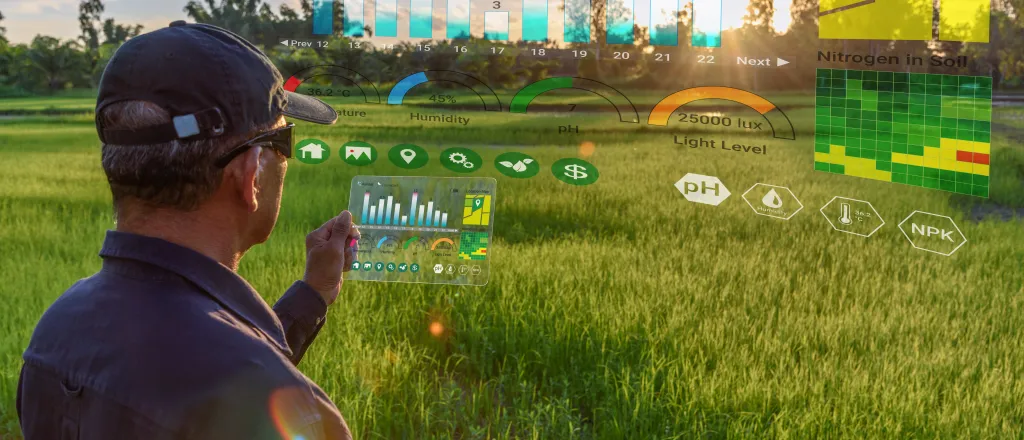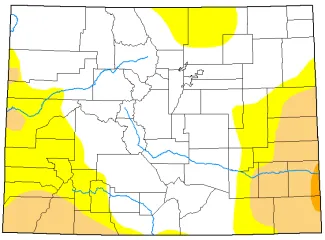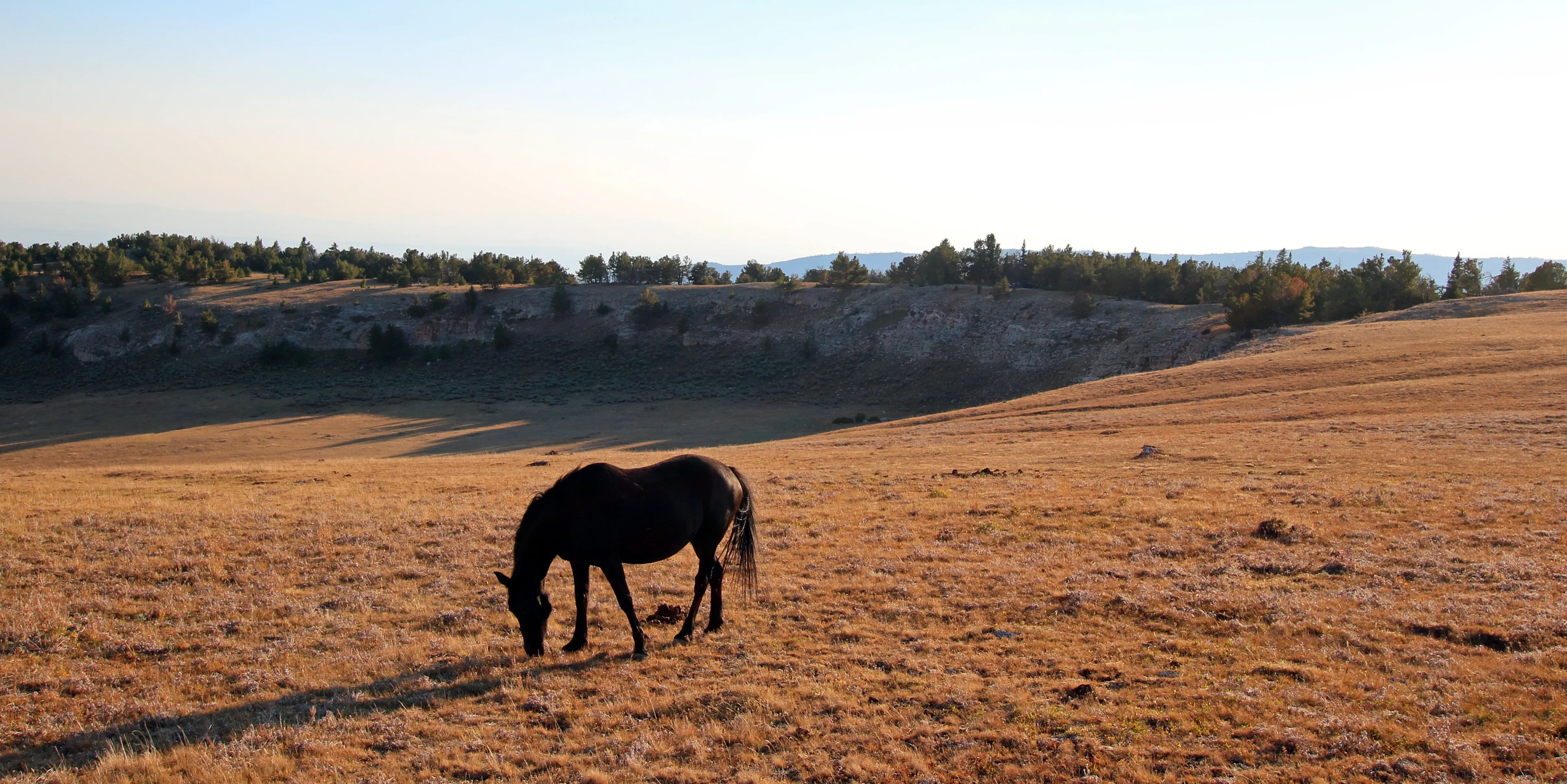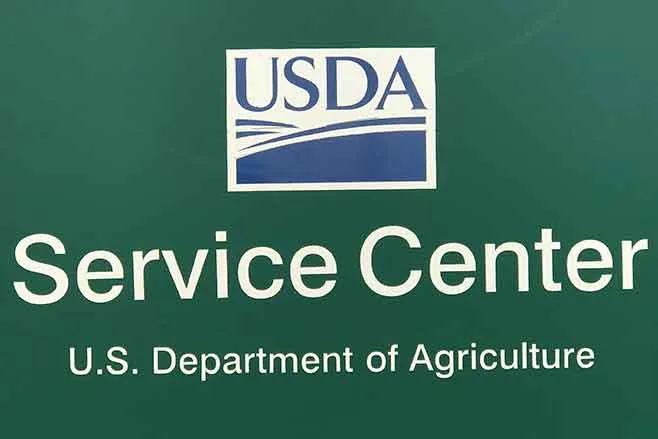
Ag stats - Colorado crop progress and condition report – week ending June 2, 2024
Average temperatures, scattered moisture, and windy conditions were experienced across the State, according to the Mountain Regional Field Office of the National Agricultural Statistics Service, USDA.
According to the U.S. Drought Monitor released on May 30, drought conditions were present across almost 16 percent of the State, up from 12 percent last week. Abnormally dry conditions across the State decreased minimally to just over 26 percent.
Abnormally dry conditions in Larimer and Weld counties worsened last week, while moderate drought conditions moved into Las Animas and Otero counties. Severe drought conditions in Prowers County worsened last week, and moved into Baca County, with less than 1 percent of the State rated in the category. Northwestern counties remained dry last week.

Map of Colorado drought conditions as of May 28, 2024 - National Drought Mitigation Center
According to the Natural Resources Conservation Service (NRCS), USDA, snowpack in the area was 176 percent of median snowfall.
Moisture was varied in northeastern counties last week. Areas of Logan, Phillips, Washington, and Yuma Counties received at least half an inch of moisture, with isolated areas getting more than an inch. Weld County experienced a large storm cell early in the week, and severe thunderstorms dumped significant amounts of large hail across the northern portion of the county. Reports on hail damage from far eastern counties on crops and rangeland were received.
Moisture received in southeastern counties last week was likely too late to improve the outlook of the winter wheat crop, and a high level of abandonment is expected.
The San Luis Valley remained primarily dry last week, and wind was starting to dry out soils. Planting of the potato crop was nearing the end, and emergence moved quickly. Livestock were in good condition, and the alfalfa crop had progressed well. Reporters noted cutting of the alfalfa crop hasn’t begun in the area yet.
As of June 3, snowpack in Colorado was 174 percent measured as a percent of median snowfall according to the Natural Resources Conservation Service (NRCS), USDA. Southwest and San Luis Valley snowpack were 30 and 4 percent of the median, respectively.
Alfalfa harvest progressed last week but remained behind the previous year and 5-year average, with 12 percent of the crop harvested by week’s end.
Emergence of the barley crop continued ahead of the previous year, with 90 percent emerged, but behind the 5-year average of 92 percent.
Planting of the corn crop progressed quickly last week, with 86 percent of the intended acres reported as planted, behind the 5-year average of 88 percent. Emergence of the corn crop continued behind the 5-year average, with 47 percent of the crop having emerged by week’s end.
Dry edible bean planting is off to a slow start compared to last year, with 25 percent of the crop planted.
Potato planting is in the final stages across the State, with 92 percent of acres planted in the San Luis Valley and 82 percent reported planted across the rest of the State.
Planting of the onion crop in northeastern counties has neared the end, with 95 percent of onion crop planted.
The sunflower crop was reported as 27 percent planted, behind the previous year of 33 percent and ahead of the 5-year average of 25 percent.
Stored feed supplies were reported as 1 percent very short, 4 percent short, 86 percent adequate, and 9 percent surplus.
Cattle death loss was reported as 36 percent average and 64 percent light.
Sheep death loss was reported as 81 percent average and 19 percent light.
CROP AND LIVESTOCK PROGRESS | ||||
| Commodity | Current week | Previous week | Previous year | 5-year average |
| (percent) | (percent) | (percent) | (percent) | |
| Alfalfa | ||||
| 1st cutting harvested | 12 | 4 | 13 | 20 |
| Barley | ||||
| Emerged | 90 | 80 | 75 | 92 |
| Corn | ||||
| Planted | 86 | 74 | 89 | 88 |
| Emerged | 47 | 37 | 48 | 61 |
| Dry edible beans | ||||
| Planted | 25 | 11 | 47 | 28 |
| Emerged | 5 | 2 | 15 | 7 |
| Onions | ||||
| Planted | 95 | 88 | 97 | 96 |
| Potatoes inside San Luis Valley | ||||
| Planted | 92 | 86 | 94 | 97 |
| Emerged | 36 | 4 | 14 | 22 |
| Potatoes outside San Luis Valley | ||||
| Planted | 85 | 70 | 71 | 82 |
| Emerged | 35 | 21 | 49 | 61 |
| Proso millet | ||||
| Planted | 34 | 21 | 37 | 34 |
| Sorghum | ||||
| Planted | 32 | 25 | 36 | 35 |
| Sugarbeets | ||||
| Emerged | 80 | 71 | 66 | 78 |
| Sunflowers | ||||
| Planted | 27 | 19 | 33 | 25 |
| Winter wheat | ||||
| Jointing | 96 | 94 | 93 | 96 |
| Headed | 64 | 44 | 62 | 66 |
| Coloring | 13 | 7 | 1 | 3 |
DAYS SUITABLE FOR FIELDWORK AND SOIL MOISTURE CONDITION | ||||
| Current week | Previous week | Previous year | 5-year average | |
| Days suitable for fieldwork | 5.7 | 5.6 | 4.4 | 5.4 |
| Topsoil moisture | (percent) | (percent) | (percent) | (percent) |
| Very short | 8 | 16 | 3 | 13 |
| Short | 25 | 25 | 9 | 18 |
| Adequate | 56 | 52 | 80 | 63 |
| Surplus | 11 | 7 | 8 | 6 |
| Subsoil moisture | ||||
| Very short | 6 | 16 | 6 | 17 |
| Short | 24 | 14 | 22 | 24 |
| Adequate | 63 | 64 | 70 | 57 |
| Surplus | 7 | 6 | 2 | 2 |
CROP, LIVESTOCK, PASTURE AND RANGE CONDITION | ||||
| Commodity | Current week | Previous week | Previous year | 5-year average |
| (percent) | (percent) | (percent) | (percent) | |
| Alfalfa hay | ||||
| Very poor | -- | -- | 3 | 4 |
| Poor | 2 | 2 | 8 | 8 |
| Fair | 13 | 12 | 26 | 25 |
| Good | 60 | 67 | 56 | 53 |
| Excellent | 25 | 19 | 7 | 10 |
| Barley | ||||
| Very poor | 1 | -- | -- | 1 |
| Poor | 2 | -- | -- | 3 |
| Fair | 14 | 12 | 7 | 24 |
| Good | 65 | 65 | 35 | 46 |
| Excellent | 18 | 23 | 58 | 26 |
| Corn | ||||
| Very poor | -- | NA | -- | 1 |
| Poor | 7 | NA | -- | 6 |
| Fair | 30 | NA | 20 | 30 |
| Good | 57 | NA | 61 | 53 |
| Excellent | 6 | NA | 19 | 10 |
| Onion | ||||
| Very poor | -- | -- | -- | 1 |
| Poor | 2 | -- | -- | 1 |
| Fair | 39 | 30 | 40 | 28 |
| Good | 27 | 30 | 20 | 58 |
| Excellent | 32 | 40 | 40 | 12 |
| Pasture and range | ||||
| Very poor | 1 | -- | 4 | 11 |
| Poor | 12 | 15 | 13 | 15 |
| Fair | 31 | 31 | 30 | 28 |
| Good | 52 | 51 | 50 | 39 |
| Excellent | 4 | 3 | 3 | 7 |
| Sugarbeets | ||||
| Very poor | -- | -- | -- | -- |
| Poor | 1 | -- | -- | 2 |
| Fair | 16 | 15 | 29 | 31 |
| Good | 71 | 61 | 63 | 56 |
| Excellent | 12 | 24 | 8 | 11 |
| Winter wheat | ||||
| Very poor | 7 | 8 | 8 | 12 |
| Poor | 17 | 20 | 22 | 16 |
| Fair | 30 | 31 | 27 | 26 |
| Good | 43 | 39 | 38 | 39 |
| Excellent | 3 | 2 | 5 | 7 |
| Livestock | ||||
| Very poor | 1 | -- | 1 | 1 |
| Poor | 1 | 3 | 1 | 5 |
| Fair | 13 | 21 | 23 | 20 |
| Good | 78 | 67 | 55 | 60 |
| Excellent | 7 | 9 | 20 | 14 |
















